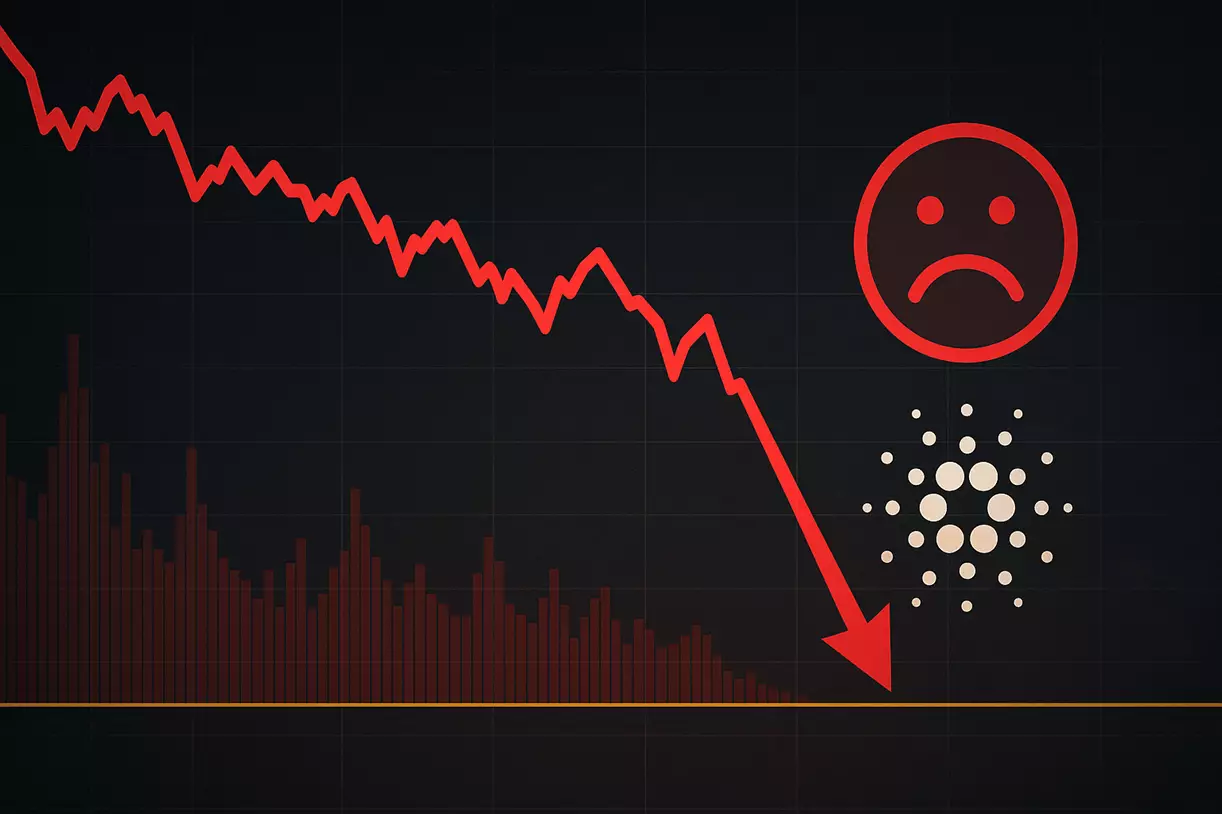Markets teeter on the fragile balance between emotion and rationality, a reality often obscured by the prevailing herd mentality. Cryptocurrency, with its volatility and fervent community, exemplifies how collective sentiment can distort perceived value and mislead investors. While mainstream narratives tend to champion market optimism, a sober assessment reveals that overly optimistic crowds are often a sign of impending correction, not a reliable indicator of sustainable growth. This inconsistency underscores a fundamental flaw in popular trading psychology: the allure of following the crowd, which can trap even seasoned investors into cycles of greed and despair.
The most troubling aspect of herd behavior is its propensity to generate false signals. When retail traders buoyantly buy into a rally, convinced that prices will only ascend, they often do so at the peak of speculation rather than fundamentals. The recent oscillations of Cardano’s ADA present a classic example—what appears as a straightforward rebound after a dip is, in reality, a chaotic reaction to shifting sentiment. Social commentary and analytics charts show that retail enthusiasm swings wildly, sometimes reaching a “greed” phase of overconfidence, only to plunge into “fear,” foreshadowing a subsequent correction. Relying on such crowd-driven signals is akin to navigating a minefield blindfolded—danger lurks where the masses are most aggressive.
The Contrarian Viewpoint: When the Crowd Is Wrong
Experienced investors understand that the real opportunity often lies in the minority’s patience and contrarian stance. In the context of ADA, analytics suggest that when social media sentiment becomes extremely bullish, it’s a red flag for a potential top, and when it’s bearish, it might be the precursor to a rebound. The principle, rooted in behavioral finance, states that markets tend to overshoot in both directions—an insight that should serve as a caution, not a confirmation, of current trends. The fact that ADA’s recent +5% bounce occurred alongside a five-month low in social optimism reveals an important lesson: the crowd’s pessimism in this instance could be an undervaluation, ripe for opportunistic accumulation.
This contrarian approach is not without its risks; it demands discipline and a thick skin to ignore short-term noise. Yet, it also offers protection from the common trap of emotional trading—selling low during fear and buying high during greed. Investors who recognize that the mainstream narrative often fuels irrational exuberance can position themselves advantageously, buying on dips and resisting the urge to chase fleeting rallies. The challenge lies in discerning genuine signals amid the chaos of social sentiment data, a skill that separates the prudent from the reckless.
Technical Analysis as a Pathway to Clarity
Beyond sentiment, technical analysis provides invaluable insights, particularly in volatile assets like cryptocurrencies. The detailed chart patterns and Fibonacci retracement levels discussed by independent analysts reveal that ADA is respecting established support and resistance zones embedded within its broader uptrend channel. A key observation is that ADA’s current trading level at approximately $0.82 hovers near the 0.382 retracement, a historically significant decision point. If the price can hold above this support, it supports the argument for further upward movement aligned with the macro trend.
However, should the market break lower into Fibonacci support levels near $0.76 or even $0.70, it could signify a deeper correction within the existing bullish channel. These thresholds are not arbitrary; they are derived from a disciplined analysis of price action over weeks and months. For investors with a long-term vision, such technical levels serve as critical benchmarks, enabling them to make rational decisions based on logical support zones rather than crowd-driven hype. An over-reliance on emotionally charged sentiment can muddy this clarity, but disciplined technical analysis offers a structured framework to navigate volatile markets.
The Danger of Overconfidence and Media Manipulation
Despite the utility of sentiment and technicals, there exists an underlying danger: the propagation of false narratives by media and social channels. Public discourse often amplifies hype, creating an echo chamber where potential gains are exaggerated, and risks are downplayed. Leading market analysts may project bullish optimism, but this can be a calculated move to lure in unwary investors who seek quick profits. Such narratives may distort the true risk-reward profile of an asset, pushing even skeptical traders to participate in costly chasing of momentum.
Worse still, overconfidence in a rising market can lead to complacency, blinding traders to emerging signs of weakness. It creates a false sense of security that the trend will continue forever, ignoring the cyclical nature of markets. For the informed investor, the lesson is clear: always question mainstream narratives, scrutinize the underlying data, and maintain a disciplined outlook. Recognizing that markets are inherently unpredictable and susceptible to manipulation is vital—irrational exuberance, after all, is often the precursor to sharp reversals.
Through careful analysis of social sentiment, disciplined technical evaluation, and a skeptical approach towards mainstream narratives, investors can better shield themselves from the destructive impulses that dominate modern trading psychology. The key is to resist the siren call of the crowd and instead focus on prudence, patience, and strategic action—principles that can turn the chaos of markets into opportunities rather than traps.

